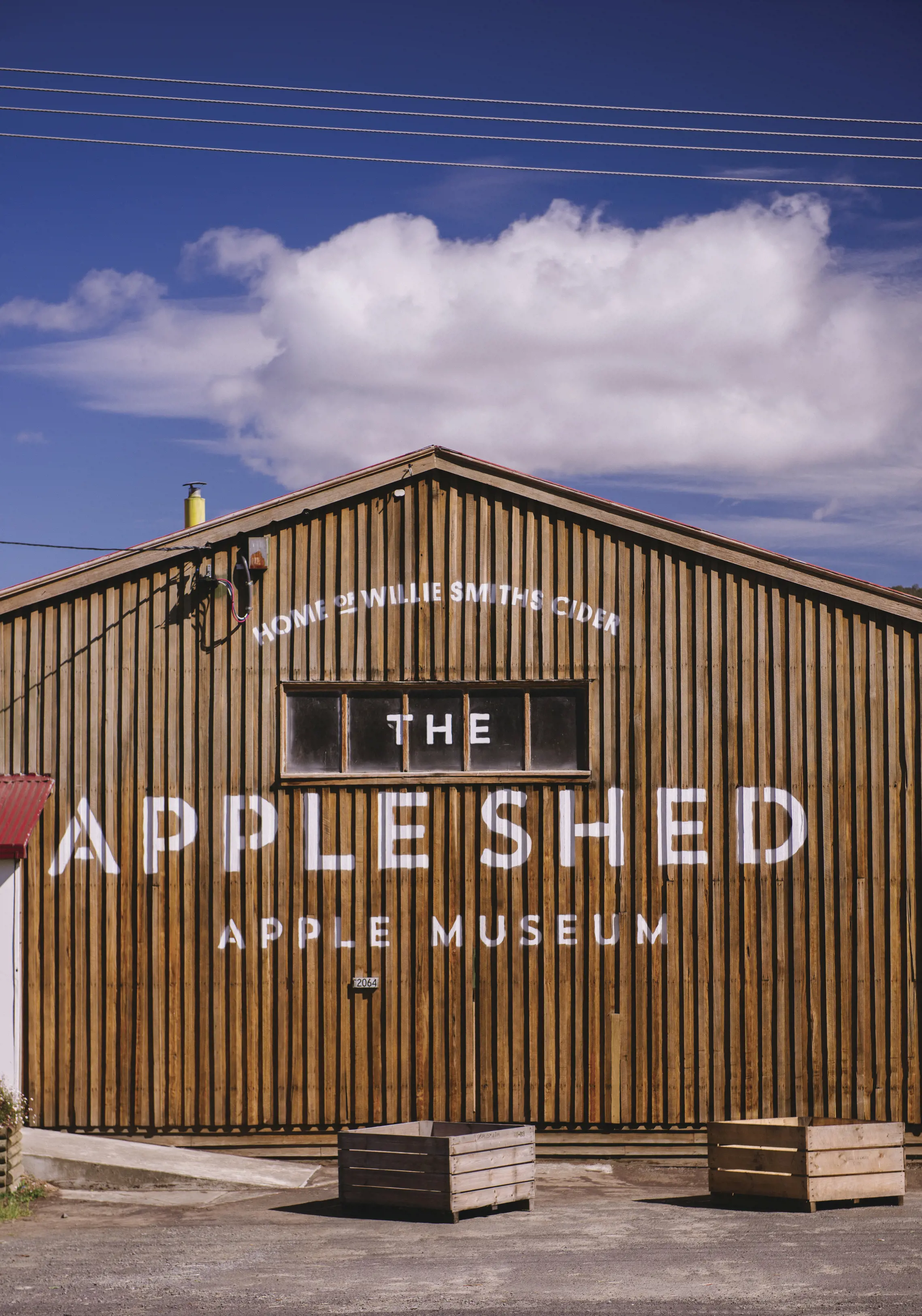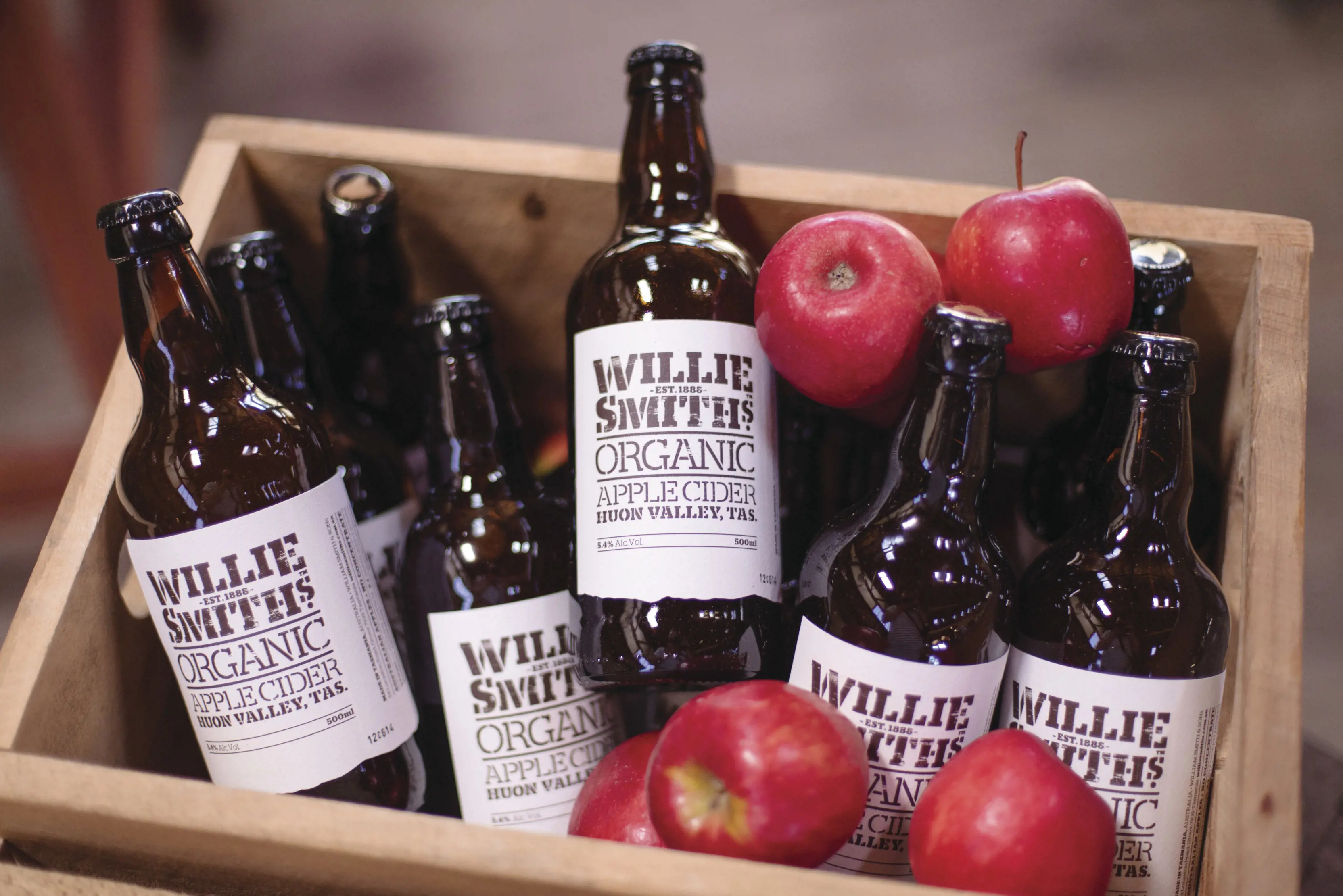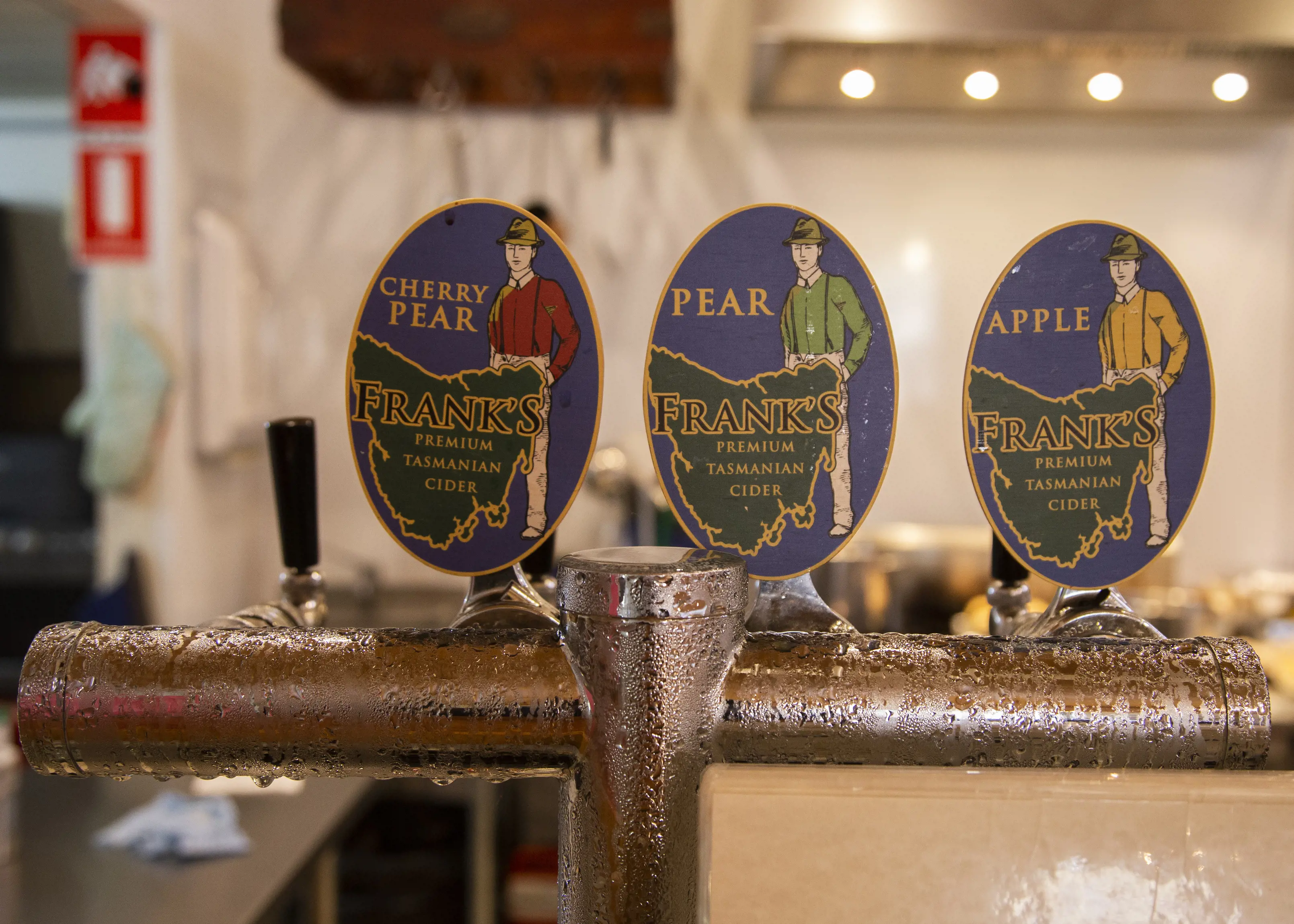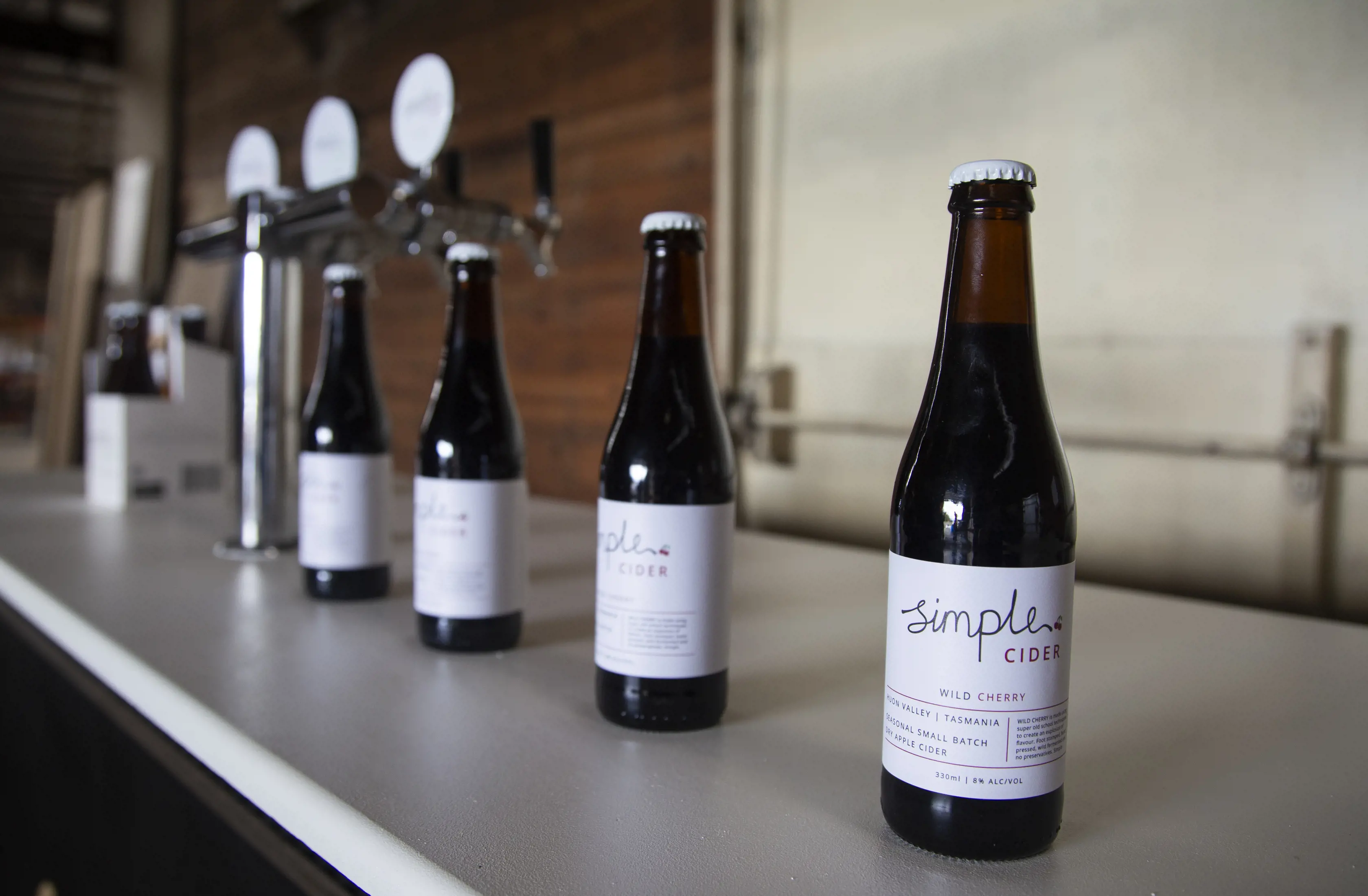There’s a good reason why Tasmania was long known as the Apple Isle.
Captain William Bligh planted the state’s first apple trees at Adventure Bay on Bruny Island in 1788, nipping back 11 years later to check on their progress (spoiler alert: only one survived).
Today, across the D’Entrecasteaux Channel, the Huon Valley is the heartland of the thriving apple industry and a logical starting point on the Tasmanian Cider Trail. After all, where there’s apples, there’s cider.
Cideries are dotted around the Huon Valley towns of Grove, Franklin, Cygnet and Middleton.
In the state’s north, cideries can be found in the Tamar Valley, Deloraine and Spreyton.
The state’s oldest surviving cider, Mercury, has been produced by Cascade Brewery since 1911, and much of today’s cider originates from 100-year-old pear and cider apple trees, produced by families who have been tending the trees for up to six generations.
Sip a chilled European-style cider on a warm day, or seek out a mulled cider to warm the blood in the depths of winter. Meet the makers and chat about the fruit’s journey from orchard to bottle, to find out why cherries and blueberries belong in cider, and to discover the beauty of perry, as pear cider is also known.
Fancy a spot of wassailing? Throw on your wildest costume and celebrate the Huon Valley’s orchard heritage at the annual Huon Valley Mid-Winter Festival. At its heart is the wassail, an ancient ritual involving banging on pots and pans and singing to the apple trees to ward off evil spirits and bring on a bumper crop.
It’s worked so far.




